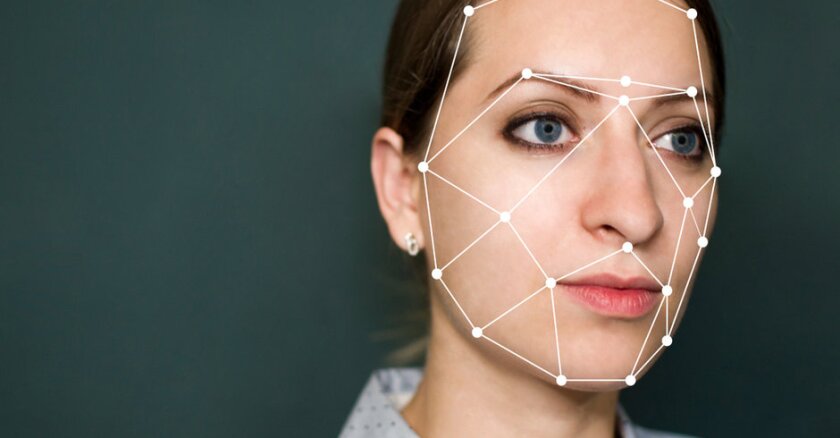Chino police said in a news release earlier this month that the department will host the forum to discuss privacy issues and policy; and to seek public feedback.
The technology would be used when there is a picture of a suspect, but their identity is unknown, police said. It would not be used with cameras worn by officers.
Wednesday’s meeting will take place at 6 p.m. at the Chino Police Department’s Community Room, at 5450 Guardian Way.
“The software attempts to match key features in a photo of a reported suspect’s face with booking photos for people previously arrested,” police said in a statement. “Only booking photos will be used for comparison. The software will then provide the investigator with potential matches providing investigative leads only.”
Police said the technology can be used to narrow down a list of suspects in a crime, but investigators will have to decide if a lead is appropriate to follow. The facial recognition technology can’t be used for probable cause to make an arrest.
Sgt. Dustin Tomicic, spokesman for the Chino Police Department, said the department would use facial recognition technology in a similar way that it uses eyewitness testimony or fingerprint scanning. A match would not directly lead to an arrest, but would be used as part of the investigation.
The technology can also be used to identify a person who isn’t able to identify themselves, police said. That can include people who are incapacitated, dead, critically missing or otherwise at-risk.
Ryan Railsback, officer and spokesman for the Riverside Police Department, said his department uses technology from the Riverside County Sheriff’s Department to match photos and fingerprints.
Aly Mejia, spokeswoman for the Pomona Police Department, said her department uses identification programs provided by the Los Angeles and San Bernardino county sheriff’s departments.
Lt. Scott Landen, spokesman for the San Bernardino County Sheriff’s Department, said all law enforcement agencies in the county are able to use its facial recognition technology services.
Landen noted that the Sheriff’s Department cannot search the DMV or social media sites. It only searches through booking photos.
“The technology doesn’t search the face, per se,” Landen said. “A booking photo is uploaded into the software, and it measures the face. It measures 60 to 70 points in a face, then creates a template.”
“The computer doesn’t specifically see faces, it just sees measurements and it can give a list of hundreds of names and photos,” he said.
Tomicic said the Chino department is looking at a variety of vendors that supply facial recognition software specifically for law enforcement.
©2020 the Inland Valley Daily Bulletin (Ontario, Calif.). Distributed by Tribune Content Agency, LLC.








